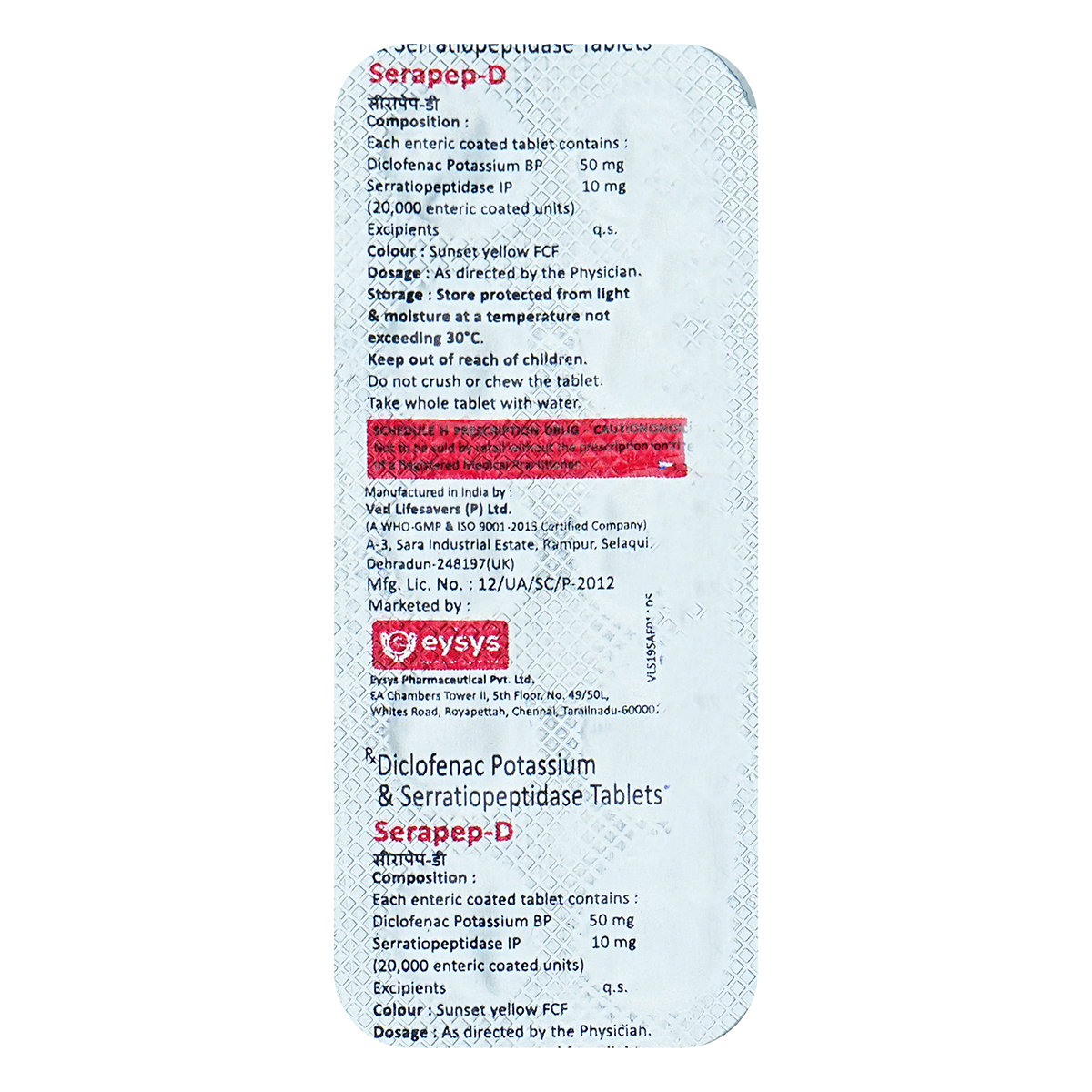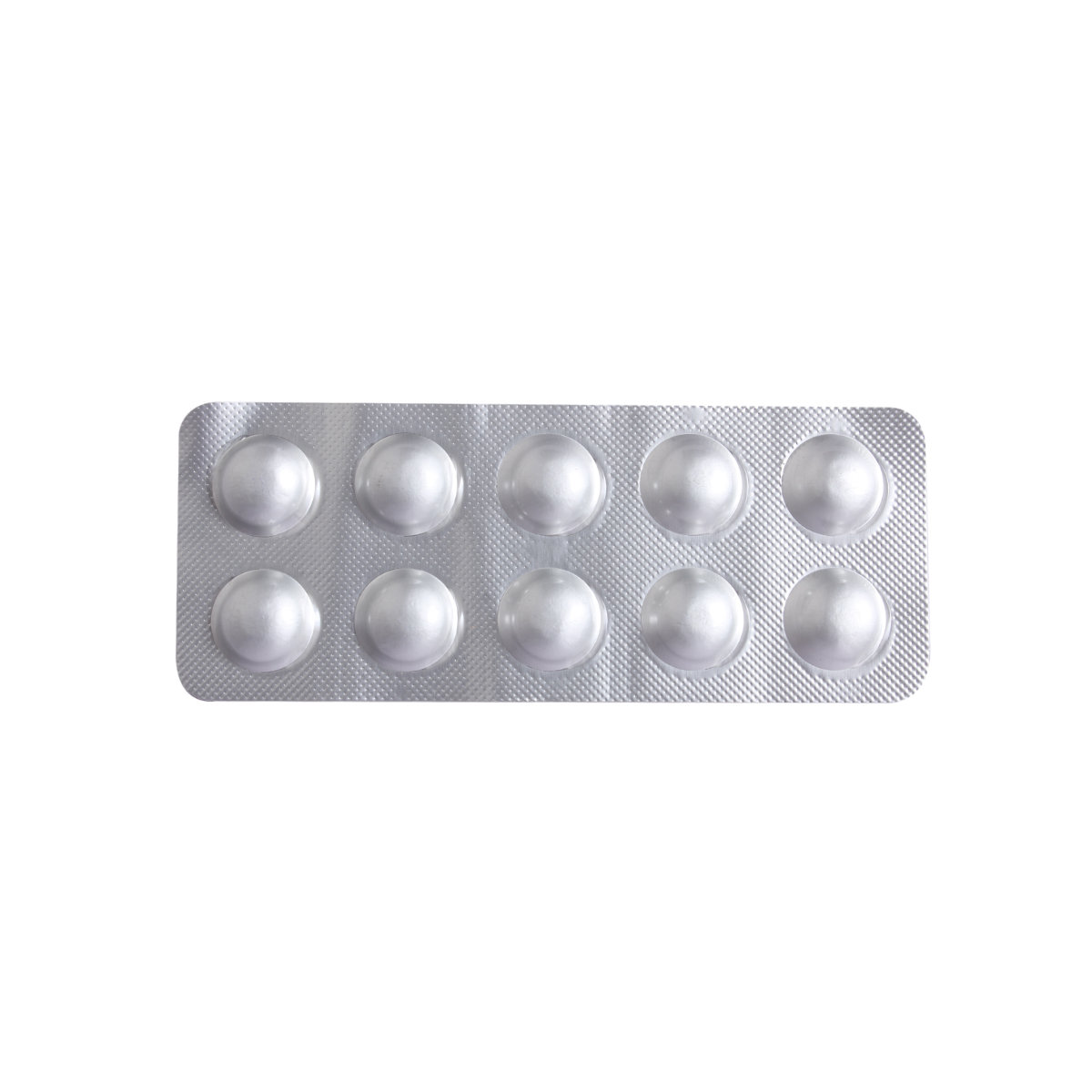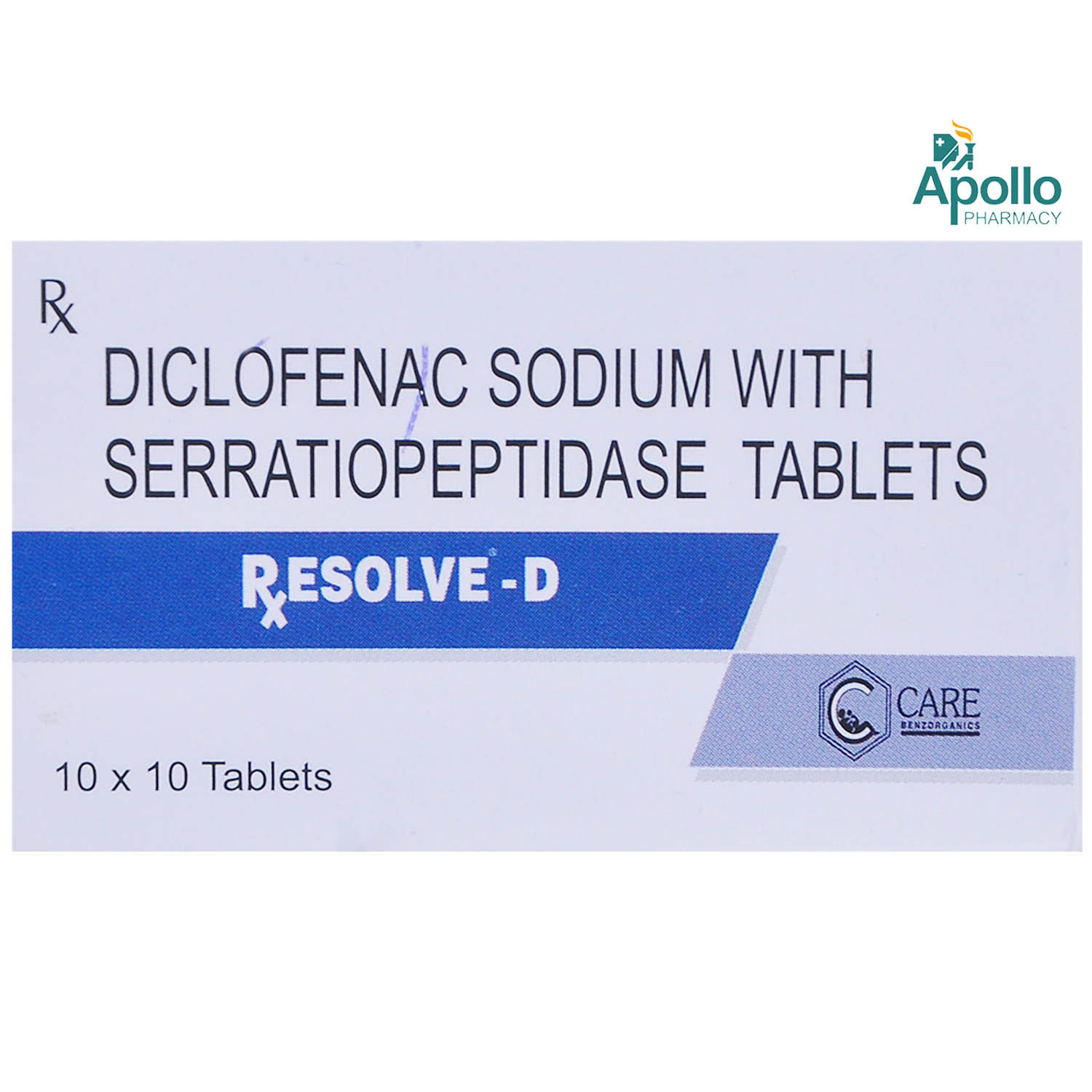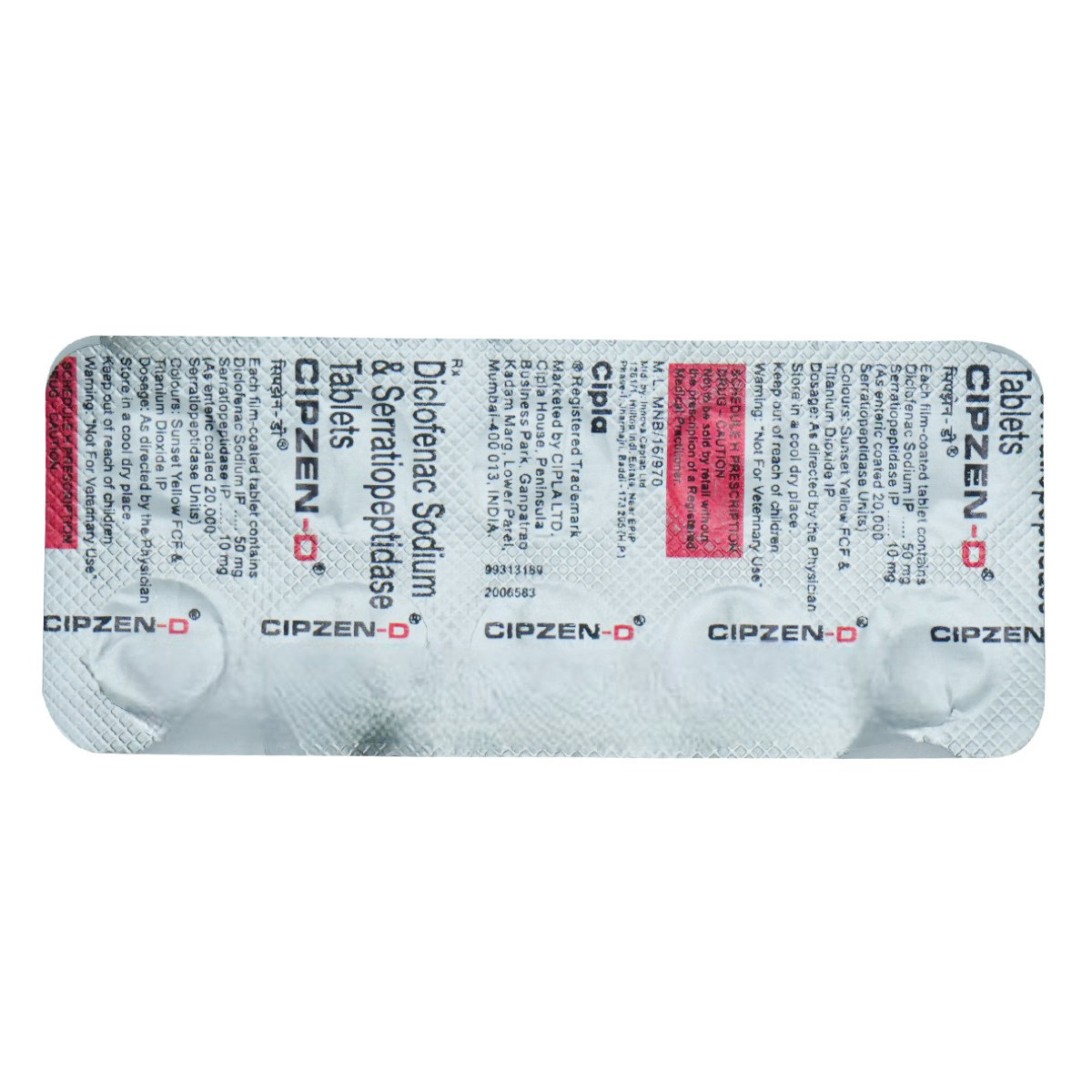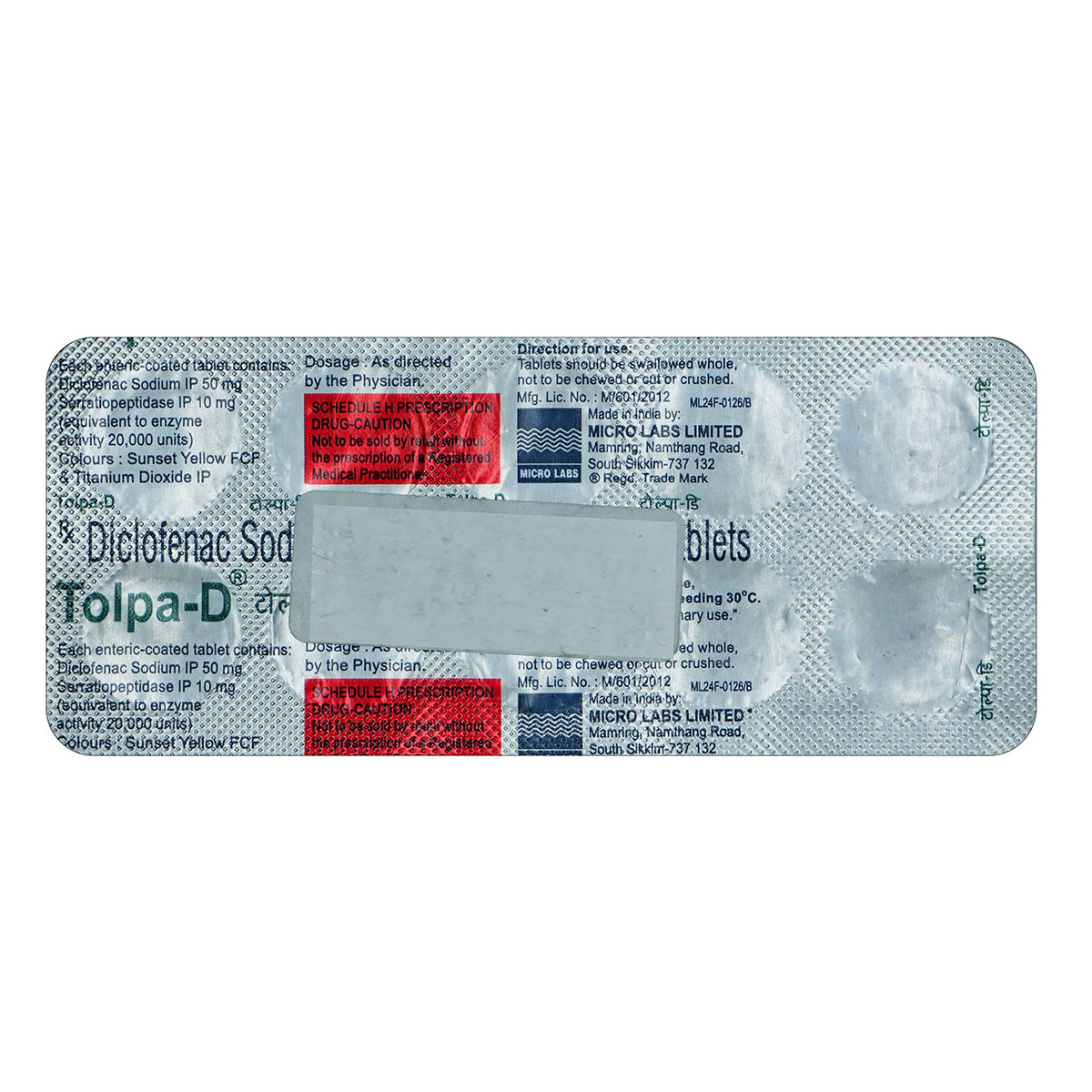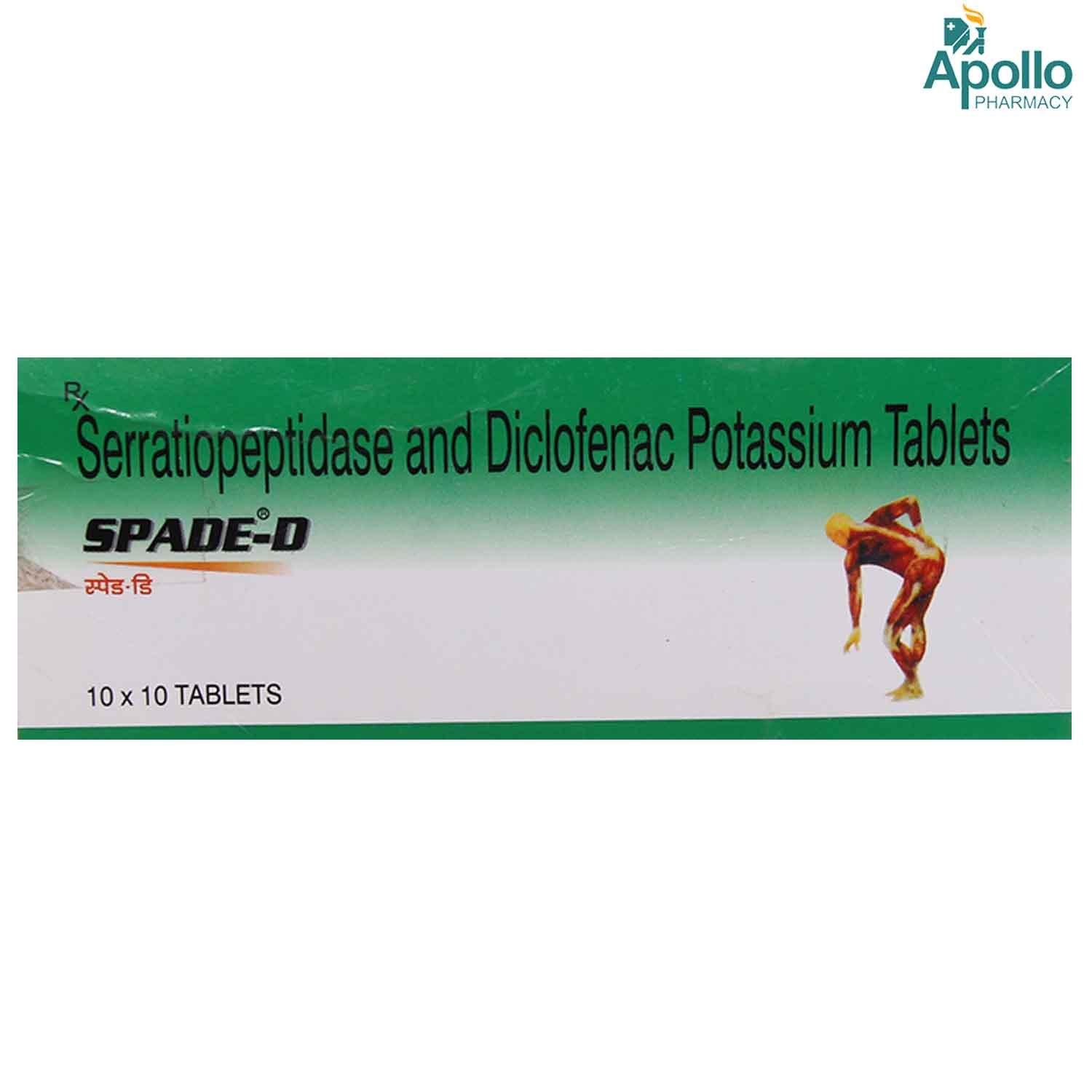Dynaper S Tablet

MRP ₹179
(Inclusive of all Taxes)
₹26.9 Cashback (15%)
know your delivery time
Provide Delivery Location
Composition :
Manufacturer/Marketer :
Consume Type :
Expires on or after :
Return Policy :

Secure Payment

Trusted by 8 Crore Indians

Genuine Products
Therapeutic Class
Country of origin
Manufacturer/Marketer address
Disclaimer
Alcohol
Safe if prescribed
You are recommended not to consume alcohol along with Dynaper S Tablet to avoid unpleasant side-effects.
Pregnancy
Consult your doctor
Please inform your doctor if you are pregnant or planning to become pregnant before taking Dynaper S Tablet .
Breast Feeding
Consult your doctor
Dynaper S Tablet may pass into the breast milk. Consult your doctor for more information on this if you are a breastfeeding mother.
Driving
Safe if prescribed
Dynaper S Tablet may affect driving as it causes dizziness. Drive or operate machinery only when you are alert.
Liver
Consult your doctor
Dynaper S Tablet to be taken with caution, especially if you have a history of liver diseases/conditions. Dose may have to be adjusted by your doctor.
Kidney
Consult your doctor
Dynaper S Tablet to be taken with caution if you have a history of kidney diseases/conditions. Dose may have to be adjusted by your doctor.
Children
Safe if prescribed
Dynaper S Tablet is not recommended for children under 10 years of age. For them dose has to be adjusted and recommended by a child specialist only.
Product Substitutes
About Dynaper S Tablet
Dynaper S Tablet belongs to the class of drugs known as 'non-steroidal anti-inflammatory drug' (NSAID). It is a fixed-dose combination composed of diclofenac and serratiopeptidase. Pain can be temporary (acute) or lifelong (chronic) in nature. Acute pain is for short time caused by damage to the tissues of the muscle, bone, or organs. While, chronic pain lasts for life long caused due to nerve damage, osteoarthritis, and dental pain due to damage of the tooth nerve, infection, decay, extraction, or injury.
Dynaper S Tablet is used in the reduction of pain and inflammation due to bone or soft tissue injury, resolution of postoperative inflammation, oedema (swollen tissue with fluid) and pain. Diclofenac works by blocking the action of a chemical messenger known as cyclo-oxygenase (COX) which causes pain and swelling at the injured or damaged tissue. Serratiopeptidase is a proteolytic enzyme which helps in the breakdown of insoluble protein (fibrin) a by-product of blood clots into smaller units. It also causes thinning of the fluids in the body as a result of injury, thereby making fluid drainage smoother in the swollen tissue.
You can take Dynaper S Tablet with food or without food. It should be swallowed whole with a glass of water. Do not chew, bite, or break it. Your doctor will advise you on how often you take Dynaper S Tablet based on your medical condition. Dynaper S Tablet may have common side effects like stomach ache, diarrhoea, nausea (feeling sick), and indigestion. Most of these side effects of Dynaper S Tablet do not require medical attention and gradually resolve over time. However, if the side effects are persistent, reach out to your doctor.
Try not to stop taking this medicine of your own. Do not take Dynaper S Tablet if you are allergic to painkillers like aspirin, ibuprofen, naproxen, or diclofenac. It is not recommended for use in children. Dynaper S Tablet may be associated with a small increased risk of heart attack ‘myocardial infarction. It is advisable not to exceed the recommended dose or duration of treatment.
Uses of Dynaper S Tablet
Medicinal Benefits Mweb
Key Benefits
Dynaper S Tablet plays a vital role in reducing pain and inflammation by blocking the release of chemical messengers which cause pain and fever. Dynaper S Tablet relieves pain and inflammation in arthritic conditions with the benefit of increased antibiotic penetration and micro-circulation at the injury site. Serratiopeptidase present in Dynaper S Tablet is a proteolytic enzyme which helps in the breakdown of insoluble protein (fibrin) a by-product of blood clots into smaller units. It also causes thinning of the fluids in the body as a result of injury, thereby making fluid drainage smoother in the swollen tissue.
Directions for Use
Side Effects of Dynaper S Tablet
- Stomach ache
- Diarrhoea
- Nausea (feeling sick)
- Indigestion
Drug Warnings
Consumption of alcohol should be avoided during the treatment with Dynaper S Tablet as it may lead to an increase in the risk of liver damage. Patients with a stomach ulcer, gastric bleeding, severe heart failure, stroke, and hypertension (high blood pressure), should not take Dynaper S Tablet . Besides this, it should be avoided during the last trimester of pregnancy, unless there are compelling reasons for doing so. If you have a severe allergy to pain killers and, complications like asthma, rhinitis, angioedema (swelling under the skin) or skin rashes, immediately stop taking Dynaper S Tablet . Do not drive or operate heavy machinery as intake of Dynaper S Tablet may cause dizziness. Patients who had recently undergone heart bypass surgery should take Dynaper S Tablet with caution and only under medical supervision. Use of Dynaper S Tablet is contraindicated in kidney failure patients or who are undergoing dialysis.
Drug-Drug Interactions
Drug-Drug Interactions
Login/Sign Up
Co-administration of Dynaper S Tablet with Meloxicam can increase the risk or severity of gastrointestinal side effects.
How to manage the interaction:
Taking Meloxicam with Dynaper S Tablet is not recommended as it can possibly result in an interaction, it can be taken if your doctor has advised it. However, consult your doctor immediately if you experience symptoms such as dizziness, lightheadedness, red or black, tarry stools, coughing up or vomiting fresh or dried blood that looks like coffee grounds, severe headache, and weakness. Do not stop any medication without doctor's advise.
Taking Dynaper S Tablet with Enoxaparin can increase the risk of bleeding complications.
How to manage the interaction:
There may be a possible interaction between Dynaper S Tablet and Enoxaparin, but they can be taken together if your doctor has prescribed them. However, consult your doctor immediately if you experience any unusual bleeding or bruising, swelling, vomiting, blood in your urine or stools, headache, dizziness, or weakness. Do not discontinue any medications without consulting a doctor.
Coadministration of Dynaper S Tablet with Ketoconazole may increase the risk of liver problems.
How to manage the interaction:
There may be a possible interaction between Dynaper S Tablet and Ketoconazole, but they can be taken together if a doctor has prescribed them. However, consult a doctor immediately if you have fever, chills, joint pain or swelling, unusual bleeding or bruising, skin rash, itching, loss of appetite, fatigue, nausea, vomiting, abdominal pain, dark colored urine, light colored stools, and/or yellowing of the skin or eyes. Do not discontinue any medications without consulting a doctor.
Taking Dynaper S Tablet with human immunoglobulin may increase the risk of kidney problems.
How to manage the interaction:
Although there is an interaction between Human immunoglobulin and Dynaper S Tablet, you can take these medicines together if prescribed by a doctor. However, consult the doctor immediately if you experience symptoms such as nausea, vomiting, loss of appetite, increased or decreased urination, sudden weight gain or weight loss, fluid retention, swelling, shortness of breath, muscle cramps, tiredness, weakness, dizziness, confusion, and irregular heart rhythm. Do not discontinue any medications without consulting a doctor.
Taking Dynaper S Tablet with Ibrutinib can increase the risk of bleeding tendencies.
How to manage the interaction:
There may be a possible interaction between Dynaper S Tablet and Ibrutinib, but they can be taken together if a doctor has prescribed them. However, consult a doctor immediately if you experience any unusual bleeding, dizziness, lightheadedness, red or black, tarry stools, coughing up or vomiting fresh or dried blood that looks like coffee grounds, or severe headaches. Do not discontinue any medications without consulting a doctor.
Co-administration of Dynaper S Tablet with Celecoxib may increase the risk of stomach bleeding and ulcers.
How to manage the interaction:
Although there is a interaction between Dynaper S Tablet and Celecoxib, but it can be taken if your doctor has advised it. Consult a doctor if you experience symptoms like blood in your urine or stool (or a black stool), severe bruising, prolonged nosebleeds, feeling dizzy or lightheaded, weakness or severe headache, vomiting blood or coughing up blood, heavy menstrual bleeding (in women), difficulty breathing, or chest pain. Do not discontinue any medication without consulting a doctor.
Co administration of Dynaper S Tablet with Leflunomide may result in liver problems.
How to manage the interaction:
Co-administration of Dynaper S Tablet and Leflunomide can lead to an interaction; it can be taken if advised by your doctor. However, if you have a fever, chills, joint pain or swelling, unusual bleeding or bruising, skin rash, itching, loss of appetite, fatigue, nausea, vomiting, abdominal pain, dark-colored urine, light-colored stools, or yellowing of the skin or eyes. Do not stop using any medication without consulting your doctor.
Concomitant administration of Dynaper S Tablet and furosemide may decrease the therapeutic efficacy of furosemide and adversely affect renal function.
How to manage the interaction:
There may be a possible interaction between Dynaper S Tablet and furosemide, but they can be taken together if your doctor has prescribed them. However, consult your doctor immediately if you experience symptoms like nausea, dizziness, irregular heartbeats, altered blood pressure, tingling. Do not stop using any medications without first talking to your doctor.
Co-administration of Dynaper S Tablet and tenofovir alafenamide may cause kidney problems.
How to manage the interaction:
There may be a possible interaction between Dynaper S Tablet and Tenofovir alafenamide but they can be taken together if your doctor has prescribed them. However, consult your doctor immediately if you experience symptoms such as such as nausea, vomiting, loss of appetite, increased or decreased urination, sudden weight gain or weight loss, fluid retention, swelling, shortness of breath, bone pain, muscle cramps, tiredness, weakness, dizziness, confusion, and irregular heart rhythm. Do not stop using any medications without talking to your doctor.
Taking Dasatinib together with Dynaper S Tablet may increase the risk of bleeding.
How to manage the interaction:
There may be a possible interaction between Dynaper S Tablet and Dasatinib but they can be taken together if a doctor has prescribed them. However, consult a doctor immediately if you experience dizziness, red or black, tarry stools, or severe headaches. Do not discontinue any medications without consulting a doctor.
Drug-Food Interactions
Drug-Food Interactions
Login/Sign Up
Drug-Diseases Interactions
Drug-Diseases Interactions
Login/Sign Up
Drug-Drug Interactions Checker List
- NIMESULIDE
- OXYPHENBUTAZONE
- METAMIZOLE
- METHOTREXATE
- WARFARIN
Habit Forming
Diet & Lifestyle Advise
- Include more glucosamine, chondroitin sulphate, Vitamin D, and calcium-enriched supplements. Besides this, turmeric and fish oils can help in reducing inflammation in the tissue.
- Do not go for heavy exercise as it may increase your joint pain in arthritis. Instead you can do stretching, low impact aerobic exercise like walking on treadmill, bike riding and swimming. You can also strengthen your muscle strength by lifting light weights.
- In chronic condition of arthritis or joint pain try to include fish like salmon, trout, tuna, and sardines. These fishes are enriched with omega-3 fatty acids that minimize level of chemical called cytokines, which ramp up inflammation.
- Your sitting posture is important especially when have pain and inflammation conditions. Try to sit little as possible, and only for short time (10-15 min). Use back support like a rolled-up towel at the back of your curve to minimize pain. Keep your knees and hips at a right angle. Besides this, you can use a foot rest if required.
All Substitutes & Brand Comparisons
RX
Serapep-D Tablet 10's
Isis Healthcare India Pvt Ltd
₹104
(₹9.36 per unit)
41% CHEAPERRX
SN 15 Plus Tablet 10's
Serum Institute Of India Pvt Ltd
₹109.5
(₹9.86 per unit)
38% CHEAPERRX
Seradic Tablet 10's
Ochoa Laborotaries Ltd
₹124
(₹11.17 per unit)
30% CHEAPER

Have a query?
Buy best C.n.s Drugs products by
Intas Pharmaceuticals Ltd
Sun Pharmaceutical Industries Ltd
Torrent Pharmaceuticals Ltd
Alkem Laboratories Ltd
Abbott India Ltd
Cipla Ltd
Alteus Biogenics Pvt Ltd
Micro Labs Ltd
Lupin Ltd
Ipca Laboratories Ltd
D D Pharmaceuticals Pvt Ltd
Icon Life Sciences
Mankind Pharma Pvt Ltd
Tripada Healthcare Pvt Ltd
Arinna Lifesciences Ltd
Linux Laboratories Pvt Ltd
East West Pharma India Pvt Ltd
La Renon Healthcare Pvt Ltd
Talent India Pvt Ltd
Tas Med India Pvt Ltd
Zydus Healthcare Ltd
Cnx Health Care Pvt Ltd
Eris Life Sciences Ltd
Leeford Healthcare Ltd
Emcure Pharmaceuticals Ltd
Macleods Pharmaceuticals Ltd
Sigmund Promedica
Aristo Pharmaceuticals Pvt Ltd
Dr Reddy's Laboratories Ltd
Troikaa Pharmaceuticals Ltd
Consern Pharma Ltd
Zydus Cadila
Shine Pharmaceuticals Ltd
Wockhardt Ltd
Ardent Life Sciences Pvt Ltd
Crescent Formulations Pvt Ltd
Theo Pharma Pvt Ltd
Reliance Formulation Pvt Ltd
Ikon Pharmaceuticals Pvt Ltd
Propel Healthcare
Neon Laboratories Ltd
Jagsam Pharma
Msn Laboratories Pvt Ltd
Morepen Laboratories Ltd
Pulse Pharmaceuticals
Sanofi India Ltd
Med Manor Organics Pvt Ltd
Hetero Healthcare Pvt Ltd
Novartis India Ltd
Crescent Therapeutics Ltd
Elder Pharmaceuticals Ltd
Solvate Laboratories Pvt Ltd
Akumentis Healthcare Ltd
Mova Pharmaceutical Pvt Ltd
Psyco Remedies Ltd
Tripada Lifecare Pvt Ltd
Ajanta Pharma Ltd
Cyrus Remedies Pvt Ltd
Medishri Healthcare Pvt Ltd
Cadila Healthcare Ltd
Glenmark Pharmaceuticals Ltd
Matteo Health Care Pvt Ltd
Hbc Life Sciences Pvt Ltd
Lyf Healthcare
Matias Healthcare Pvt Ltd
Mesmer Pharmaceuticals
Alembic Pharmaceuticals Ltd
Capital Pharma
Crescent Pharmaceuticals
Medopharm Pvt Ltd
Alniche Life Sciences Pvt Ltd
Kivi Labs Ltd
Talin Remedies Pvt Ltd
USV Pvt Ltd
Quince Lifesciences Pvt Ltd
Solis Pharmaceuticals
Infivis Life Care
Zuventus Healthcare Ltd
Cadila Pharmaceuticals Ltd
Pfizer Ltd
Wallace Pharmaceuticals Pvt Ltd
A N Pharmacia Laboratories Pvt Ltd
Blue Cross Laboratories Pvt Ltd
Jenburkt Pharmaceuticals Ltd
Lia Life Sciences Pvt Ltd
Mano Pharma
Medley Pharmaceuticals Ltd
Primus Remedies Pvt Ltd
FDC Ltd
Maneesh Pharmaceuticals Ltd
Apex Laboratories Pvt Ltd
Gagnant Healthcare Pvt Ltd
Ozone Pharmaceuticals Ltd
RPG Life Sciences Ltd
Strides Shasun Ltd
Unichem International
GlaxoSmithKline Pharmaceuticals Ltd
Kuresys Labs Pvt Ltd
LA Pharma
Trion Pharma India Llp

